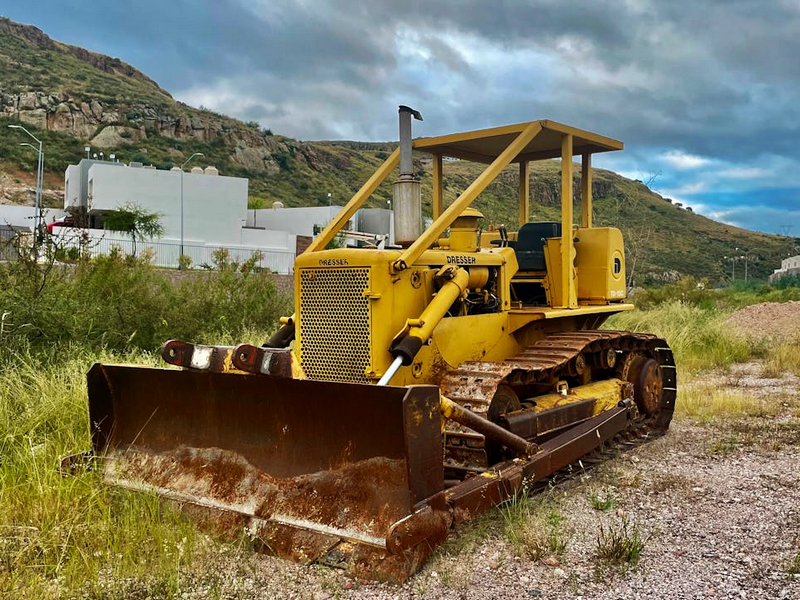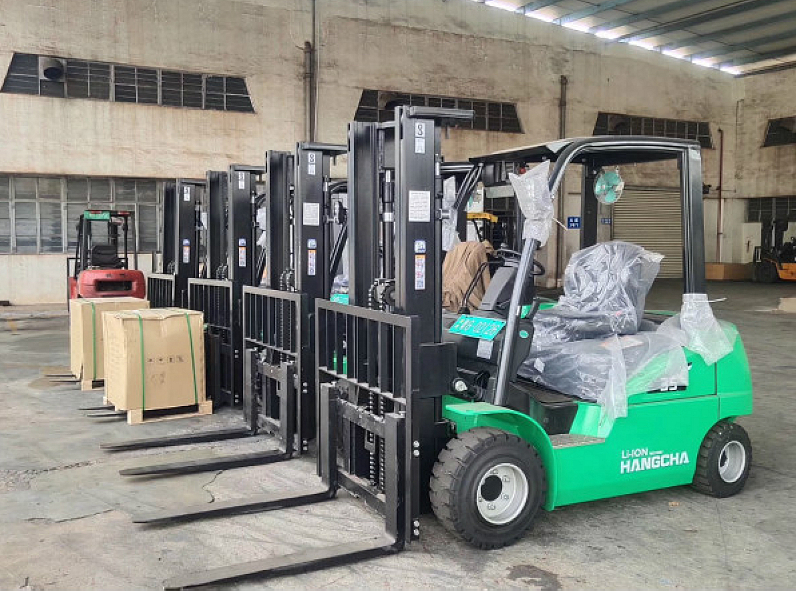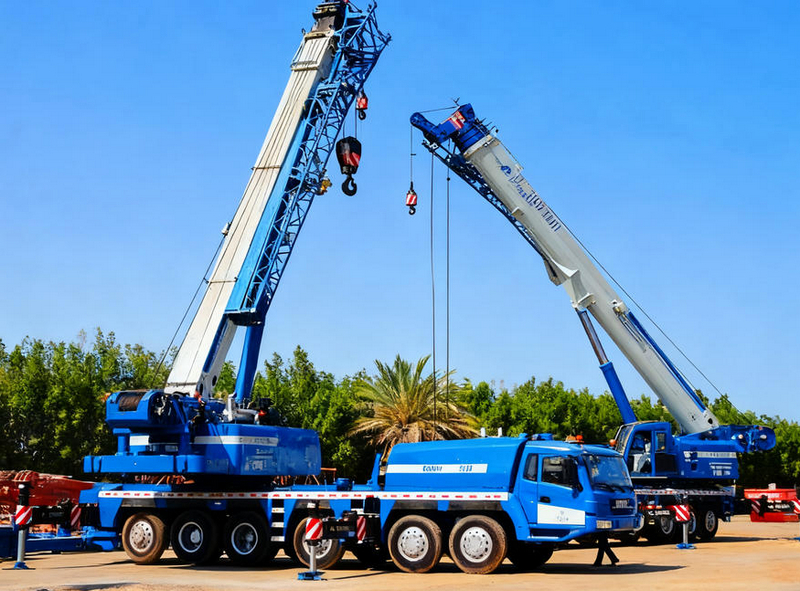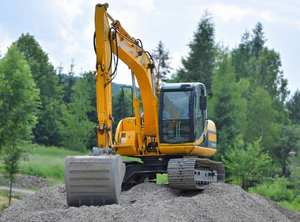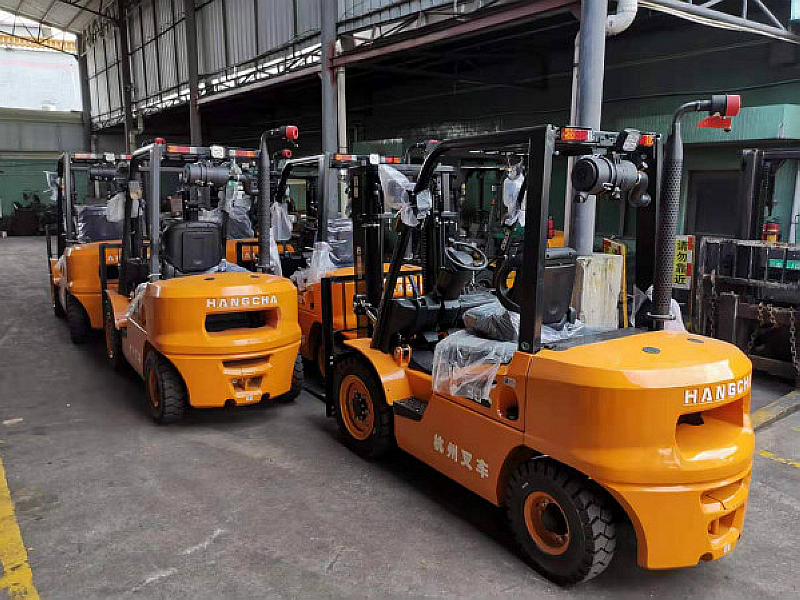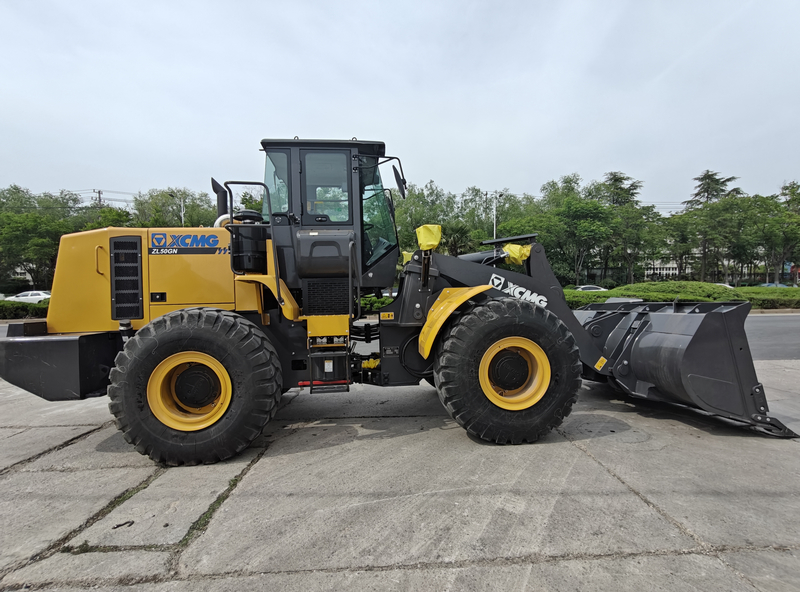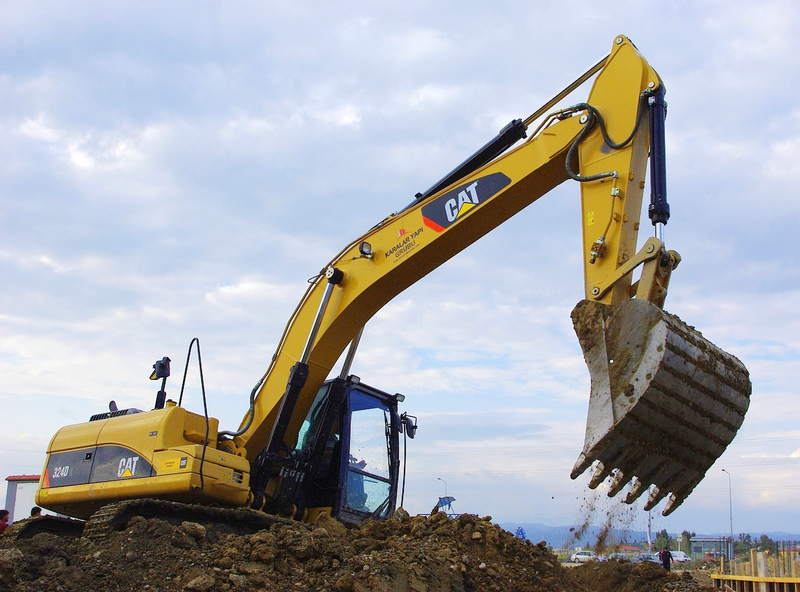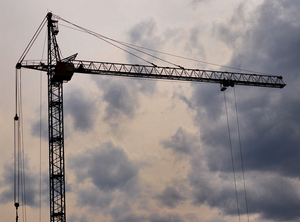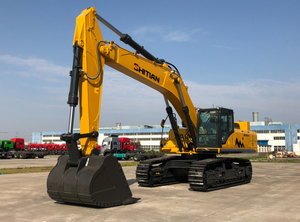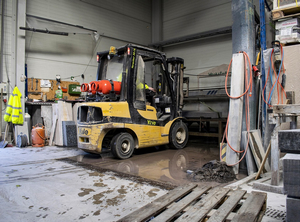In modern warehouses, workshops, transportation hubs, and transshipment centers, forklifts have become indispensable handling equipment. However, as the intensity of operations and load capacity continue to increase, the safety risks exposed in the actual use of forklifts have also attracted increasing attention. In response to the widespread risk scenarios in the industry, industry experts have proposed systematic preventive measures to promote the comprehensive improvement of forklift safety management and operational standards.
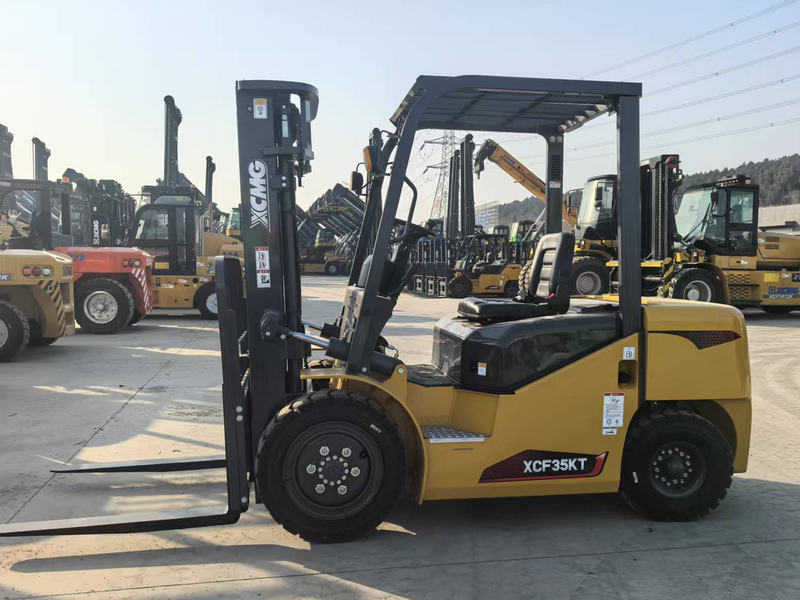
Overloading hazards must not be ignored
In forklift operations, overloading can easily cause the rear of the vehicle to lift, potentially leading to injuries. In some workplaces, improper practices such as using personnel as “counterweights” further increase the likelihood of accidents. Experts emphasize that driver training must be strengthened, overloading strictly prohibited, and forklifts must always operate within their rated capacity.
Goods falling is a major risk point
Due to excessive handling speed, improperly secured goods, or mismatched loading with the forklift frame, goods falling during loading and unloading frequently occurs. The solution lies in standardizing operational procedures: goods should be neatly stacked and secured to the forklift frame before handling, maintain a steady speed during operation, avoid sudden braking or turning, and maintain the operational surface to minimize external factors.
Rearview visibility and warning systems require improvement
During reversing, obstructed driver visibility or missing safety warning devices often lead to collisions involving personnel and equipment. Industry experts recommend that companies equip forklifts with complete safety devices such as rearview mirrors and warning sounds, establish regular maintenance mechanisms, and encourage drivers to develop the habit of sounding a warning horn before reversing.
Slopes and sharp turns cause overturning accidents
Forklifts are highly prone to overturning when traveling diagonally on slopes or making sharp turns at high speeds, resulting in severe losses. Experts point out that management should focus on driver behavior, requiring drivers to operate at low speeds, avoid working on soft ground or slopes with loads, and maintain smooth operations during turns and braking.
Industry outlook: from standardization to intelligence
The industry generally believes that forklift safety management relies not only on drivers' standardized operations but also requires companies to simultaneously focus on equipment selection, technological upgrades, and management systems. With the gradual application of intelligent sensing, assisted driving, and digital monitoring technologies, the ability to manage forklift safety risks will be further enhanced.
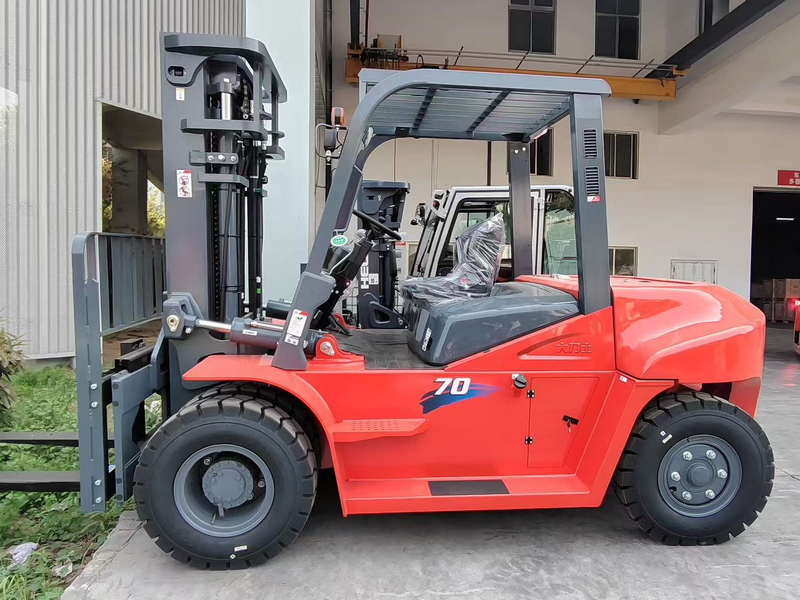
Forklift safety is a systematic endeavor that requires coordinated efforts across three dimensions: equipment reliability, operational standardization, and technological intelligence. Through industry collaboration and technological innovation, forklifts will not only enhance operational efficiency but also achieve higher levels of safety assurance.
-
CATERBE Company Halloween Outing Day2025 / 10 / 31
-
CATERBE One Year Anniversary, Go Further Together2025 / 07 / 01
-
CATERBE Visited Wuyuan, Went to the Poetic Journey2025 / 06 / 05
-
CATERBE 2025 Annual Meeting: Gathering Together to Move Towards Brilliance2025 / 01 / 17
-
CATERBE Celebrates Christmas with Endless Joy2024 / 12 / 25
-
CATERBE's Housewarming Celebration2024 / 11 / 11
-
CATERBE Halloween Carnival: A Unique Two-Day Celebration2024 / 11 / 01
-
ZOOMLION Empowers Chinese Cranes to Go Global2025 / 11 / 24
-
YTO Group Appears at ICE&PE 20252025 / 11 / 14
-
New Electric Power! LGMG Makes a Splash at LogiMAT Southeast Asia2025 / 10 / 20
-
XCMG Crane Wins Prestigious Asian Award2025 / 10 / 11
-
ZOOMLION's Self-Developed Power Batteries Successfully Pass New National Standard Tests2025 / 09 / 15
-
LINGONG Heavy Machinery Partners with Equipment Provider at Finland's Maxpo Exhibition2025 / 09 / 02
-
LIUGONG's Truck Cranes Demonstrate Their Capabilities in Complex Operating Conditions2025 / 08 / 18




